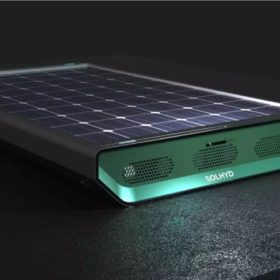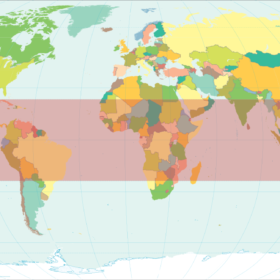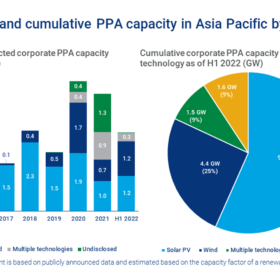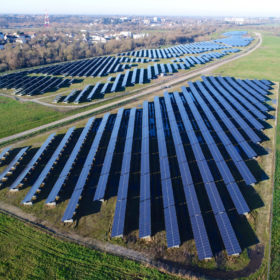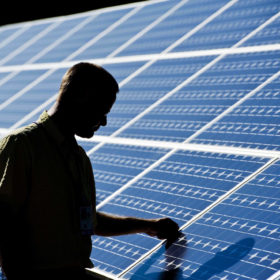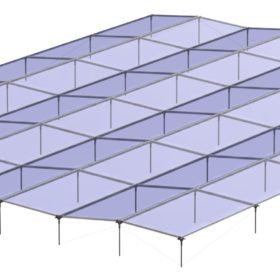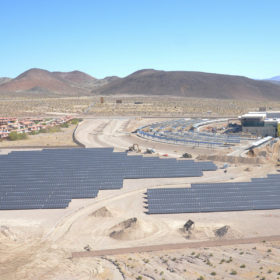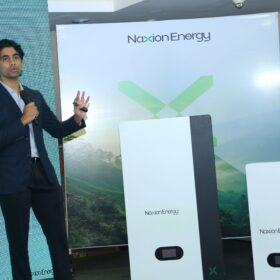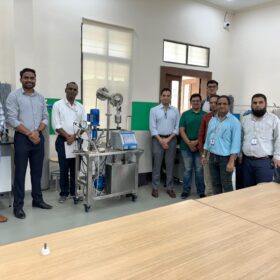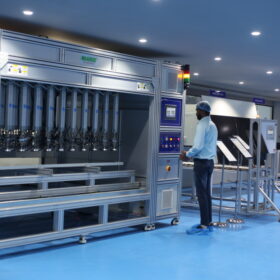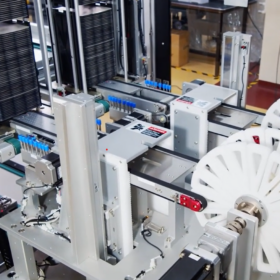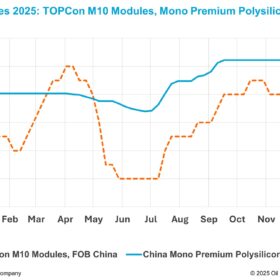Addressing challenging terrains; optimizing production
Faced with undulating terrains, solar PV companies are leveraging modern technologies to achieve terrain flexibility across challenging sites to deliver unmatched efficiency improvement and bring production gains to solar projects.
Hydrogen-producing rooftop solar panels nearing commercialization
KU Leuven researchers have developed rooftop panels that capture both solar power and water from the air. Like traditional PV modules, hydrogen panels are also connected, but via gas tubes instead of electric cables. The researchers are now preparing to bring the tech to the mass market via a spinoff company.
GEAPP, ISA sign $10 million grant agreement to boost solar deployment
The Global Energy Alliance for People and Planet (GEAPP) has signed a $10 million grant agreement with the International Solar Alliance (ISA) to boost the deployment of solar energy in developing countries.
Solar dominates renewable corporate PPAs in Asia Pacific, says WoodMac
Corporations in the Asia-Pacific region are set to contract a record 7 GW of renewable capacity in 2022, according to a new report by Wood Mackenzie. Solar accounts for 57% of the region’s contracted corporate renewable power purchase agreements (PPAs) to date. India, Australia and Taiwan account for 89% of overall capacity in the region.
Tech advances halving surface needed for ground-mount solar
French developer VSN Energies Nouvelles was able to almost double the capacity of one of its PV projects due to technological advances such as high-powered panels and new plant design concepts.
Most new solar panels retain 80% production after 30 years
A five-year Sandia Labs study on solar module degradation shows that 13 out of 23 tested module types have effective lifetimes exceeding 30 years.
GameChange Solar launches mounting system for east-west oriented solar parks
GameChange Solar designed its new fixed-tilt racking system to maximize module density, with a ground coverage ratio of up to 98%. The systems costs $0.039/W in the United States and $0.029/W in other markets, for a typical 105 mph wind load.
IBC solar modules may drive TOPCon out of market by 2028, says tech expert
Radovan Kopecek, an expert on interdigitated back-contacted (IBC) tech, says that IBC solar panels could capture more than 50% of the global market by 2030, potentially pushing TOPCon products out of competition. He told pv magazine how this transition might materialize and discussed the tech advancements that could make it possible.
New standardized guidelines for solar O&M
IEA-PVPS has standardized guidelines for O&M programs for large-scale solar plants. It defines O&M performance indicators and standard O&M operator services, as well as tools to analyze PV plant performance and safety.
Uninterrupted PV generation without storage
An Israeli scientist has proposed a way to achieve uninterrupted PV power on the moon without using energy storage. The proposal involves the installation of PV panels around a 360-degree latitudinal ring close to one of the moon’s poles. There would be no inter-array shading, and static vertical PV arrays and arrays mounted on single-axis vertical trackers could be viable mounting structures.

